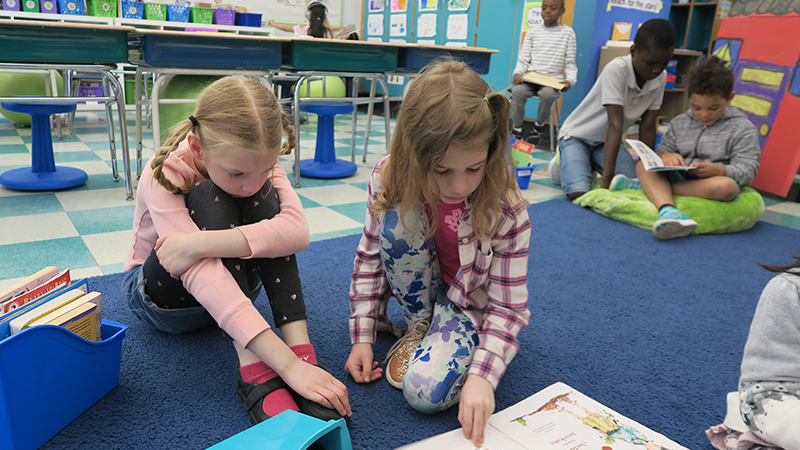
Setting the Foundation
Remote Learning (Not Just Online)
The Massachusetts Department of Elementary and Secondary Education (DESE) has recommended that students be engaged in a series of remote learning activities that total at least half of the normal school day (3 hours), which can happen in a variety of ways. While there are many resources available for online learning, there are many opportunities to learn without a screen or face-to-face virtual session with a teacher. This includes at-home/outdoor projects, movement and arts opportunities, and games.
Examples from SPS Educators:
- Interviewing family members for a writing project
- Making daily observations of how a plant changes (part of Kinder “What Is A Scientist” unit)
- Calendar of activities from Early Childhood Department
- Setting up an obstacle course outside
- Reading to a family member, pet, or stuffed animal
- Playing math games to build fact fluency or other board games
- Drawing in the style of your favorite artist
- Teachers recording a morning meeting so a student can watch it later in the day
- See sample Remote Learning Schedules shared by SPS educators
Attendance and Participation
At this point, DESE has not required attendance or participation. However, SPS educators have been working to engage students and get them to participate in continued schooling.
Examples from SPS Educators:
- Simplifying communications into a weekly email that doesn’t overwhelm families and gives them an accessible way to participate
- Making calls to families to ask about obstacles and collaborating on how to motivate/engage certain students
- Using virtual reinforcement to keep students engaged such as highlighting student work, class contests, and virtual stickers
- Hosting fun discussions that have low demand such as morning meeting, answering a question of the day around a high interest topic, or doing a Madlib as a class
Grading
Our instructional teams developed a consistent plan for 4th quarter grades that ensures students are not negatively impacted by the extended closure. Aligned with guidelines from the Department of Elementary and Secondary Education, the focus continues to be on supporting access and engagement, going deeper with standards already taught, and introducing new core standards that help prepare students for the next grade level. Progress is being measured based on percentage completion of work, recognizing that some standards cannot be assessed remotely and that data may be limited by limited access to school buildings.
- For grades prek-5, student work shall be assessed on a meets/progressing scale, recognizing that some standards cannot be assessed remotely and that data may be limited by limited access to school buildings.
- For grades 6-8, student work will be assessed on a pass/progressing scale, recognizing that data may be limited by limited access to school buildings. Passing constitutes completion of 50% of work or higher. Progressing constitutes completion of less than 50% of work or did not participate in remote learning.
- For grades 9-12, student work will be assessed on a pass/no credit scale. Generally, passing constitutes completion of 50% of work or higher and will be averaged in as a 100. Generally, no credit constitutes completion of less than 50% of work or did not participate in remote learning and will be averaged in as a 60.
Communication
Given the stress and isolation of these times, we need to ensure that we stay connected to each student on a regular basis. We have seen over the last few weeks, how for a student of any age, seeing their teacher in a video and having a chance to respond or interact is very powerful and reassuring. All students should have opportunities to connect with adults multiple times per week. Therefore, we want to make sure that these connections come from a variety of adults, such as reading/special education/ELL teachers, music/art/PE/library specialists, and administrators.
Examples from SPS Educators:
- Use of Class DoJo as a platform to easily connect to families
- Weekly emails from a teacher that share activities and schedules for the week
- Daily read-alouds or sing-alongs rotated by members of a grade level team
- A Google Hangout or other online platform chat for morning meetings or for a class to practice listening and speaking
- Connecting by phone or with a letter or postcard
- A rotation among adults connected to a group of students to reach out and maintain contacts
